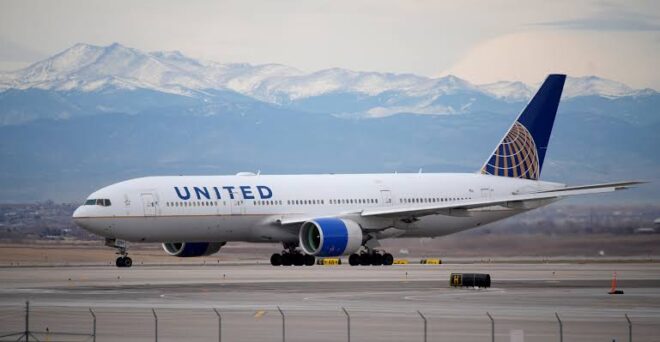
In what quickly became a public relations disaster, United Airlines found itself at the center of global outrage after a disturbing video emerged showing a passenger being forcibly removed from a flight. The incident, which took place on United Express Flight 3411 on April 9, 2017, shocked the world and ignited debates about airline overbooking policies, customer rights, and the use of force by authorities.
The flight, scheduled to travel from Chicago O’Hare International Airport to Louisville, Kentucky, was reportedly overbooked. United had asked for volunteers to give up their seats in exchange for travel vouchers and accommodations. After no passengers volunteered, the airline used a computer system to randomly select four passengers to be involuntarily bumped from the flight. Among those selected was Dr. David Dao, a 69-year-old physician who insisted he needed to remain on the flight to see patients the next day.
When Dao refused to leave his seat, United Airlines called airport security officers to remove him. What followed was captured on multiple cell phone videos by horrified passengers: officers physically dragged Dr. Dao down the aisle as he screamed in protest. His glasses were knocked off, his shirt was pulled up, and his face was bloodied in the process. The shocking footage quickly went viral on social media, sparking outrage and calls for accountability.
The public response was swift and unforgiving. Millions viewed the video within hours, and the hashtag #BoycottUnited trended worldwide. Politicians, celebrities, and ordinary citizens condemned the airline’s actions, demanding answers and reform. United’s initial response only made matters worse. CEO Oscar Munoz issued a statement describing the passenger as “disruptive and belligerent,” which was widely criticized as tone-deaf and dismissive.
As the backlash intensified, Munoz eventually issued a more contrite apology, calling the incident “truly horrific” and promising a thorough review of United’s policies. “I promise you we will do better,” he said during a televised interview. However, the damage to the airline’s reputation had already been done.
Dr. Dao’s legal team announced that he had suffered a concussion, a broken nose, and two lost teeth during the ordeal. His attorney, Thomas Demetrio, described the incident as “more horrifying than what you see in a movie,” and warned that “for a long time, airlines — United in particular — have bullied us.” The lawsuit was settled out of court for an undisclosed amount, though it was widely believed to be in the millions.
The incident prompted a broader conversation about the airline industry’s treatment of passengers. While overbooking is a common practice — allowed by federal regulations as a way to maximize profits — the violent removal of a paying customer was viewed by many as a step too far. Consumer rights advocates called for stricter rules and more transparency in how airlines handle overbooked flights.
United Airlines responded with a series of policy changes, including increasing compensation for voluntary rebooking up to $10,000, reducing overbooking on certain flights, and improving training for employees to handle similar situations with more empathy and discretion. Other airlines followed suit, hoping to avoid similar PR disasters.
Despite the efforts to reform and rebuild trust, the scars of the incident remain. United’s stock dipped briefly in the days following the video’s release, and the company’s reputation suffered a blow that still lingers in the public memory. The image of a bloodied, dazed passenger being dragged off a plane became a symbol of corporate callousness and the dangers of unchecked authority in the airline industry.
The “Passenger Dragging Incident,” as it came to be known, remains a cautionary tale for companies across all sectors. In an age where every customer carries a camera, the line between internal policy and public spectacle has never been thinner. For United Airlines, it was a painful lesson in the power of optics, the importance of accountability, and the high cost of getting it wrong in the court of public opinion.